An Early Draft of what the rooms are capable of.
The main thing I am wedded to here is the relationship between Schooling structures (Academy, Drill Room, Guild Hall, and Meditation Chamber) and between housing structures (Dormitory, Barracks, Hostel, Sanctuary).
-If you construct a form of housing, you are granted a unit or units, depending on the class
Soldiers - This unit has the potential to grow into a full fledged army unit, mainly used to physically assault an enemy.
Bandits - Bandits are a small tactical troop which can create road blocks and small tactical strikes.
Devout - A devout is a singular unit, which has the potential to rally a large number of people up to make one powerful strike.
Magus - A magus is a small band of wizards which can gather resources like treasure from tombs and act as a magical funnel.
Each of these units have special abilities.
-if you construct a form of schooling, you can offset your unit towards a certain practice.
For instance, if you have a barracks, you get a soldier
if you then build a Guild house, you can turn those soldiers into Rangers.
In this transaction you will retain most of your soldier like nature, the slight sway towards syndicate gives your soldiers some more sneaky qualities.
Inversly - If you create a hostel you get bandits
If you then get a drill room, and train those bandits to be more militant, then they become marauders.
Think of it as a Adjective to noun comparison
Bill is an Entrepreneurial Artist
Fred is a Artistic Businessman
Other then that relationship, the other room aspects are open to fluctuation, although I like where those are going for now.
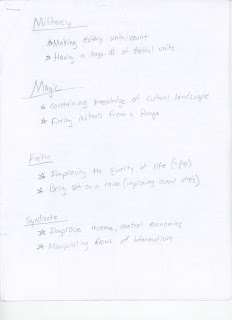
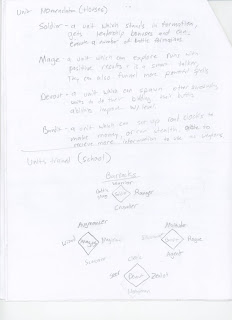
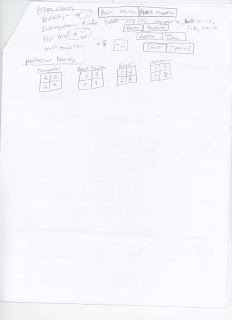
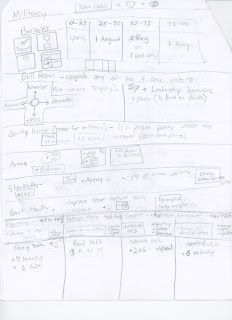
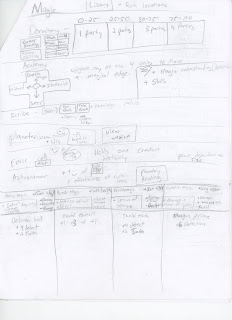
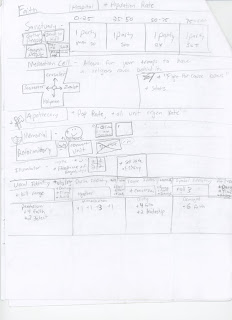
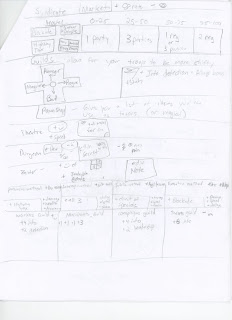
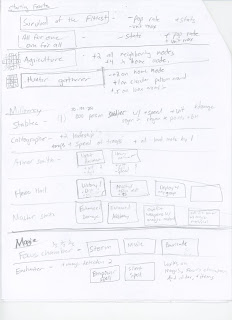




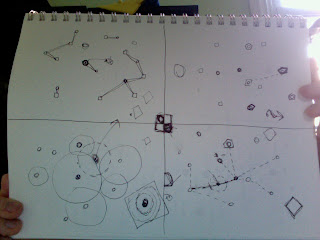
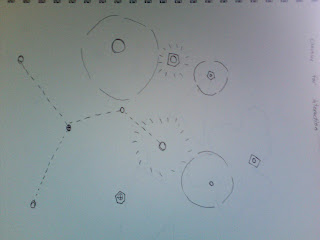



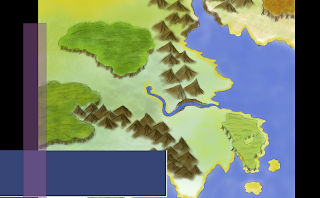

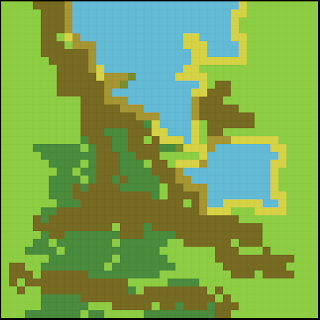
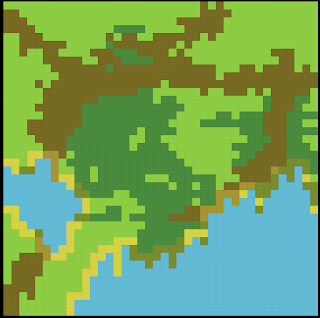
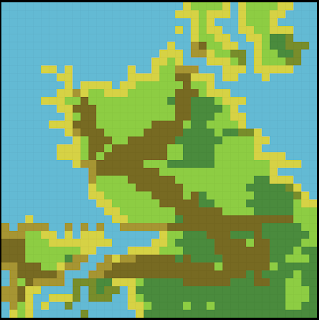
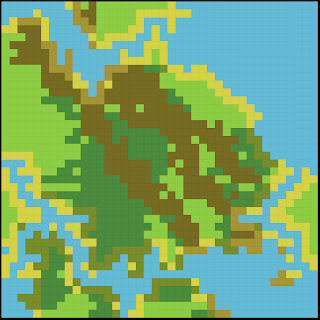
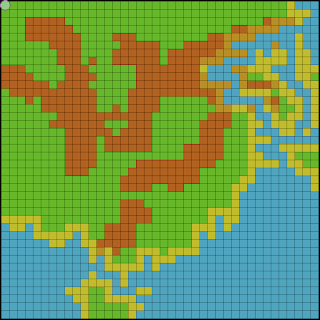
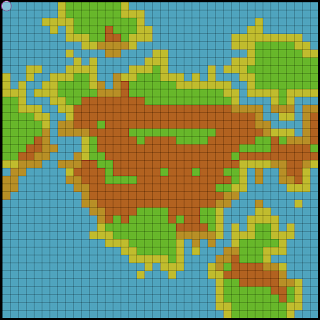
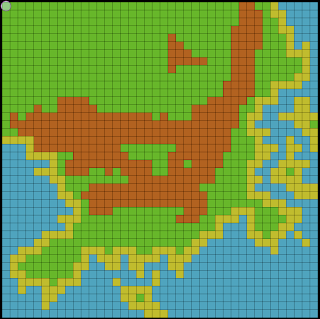


















 ]
]
